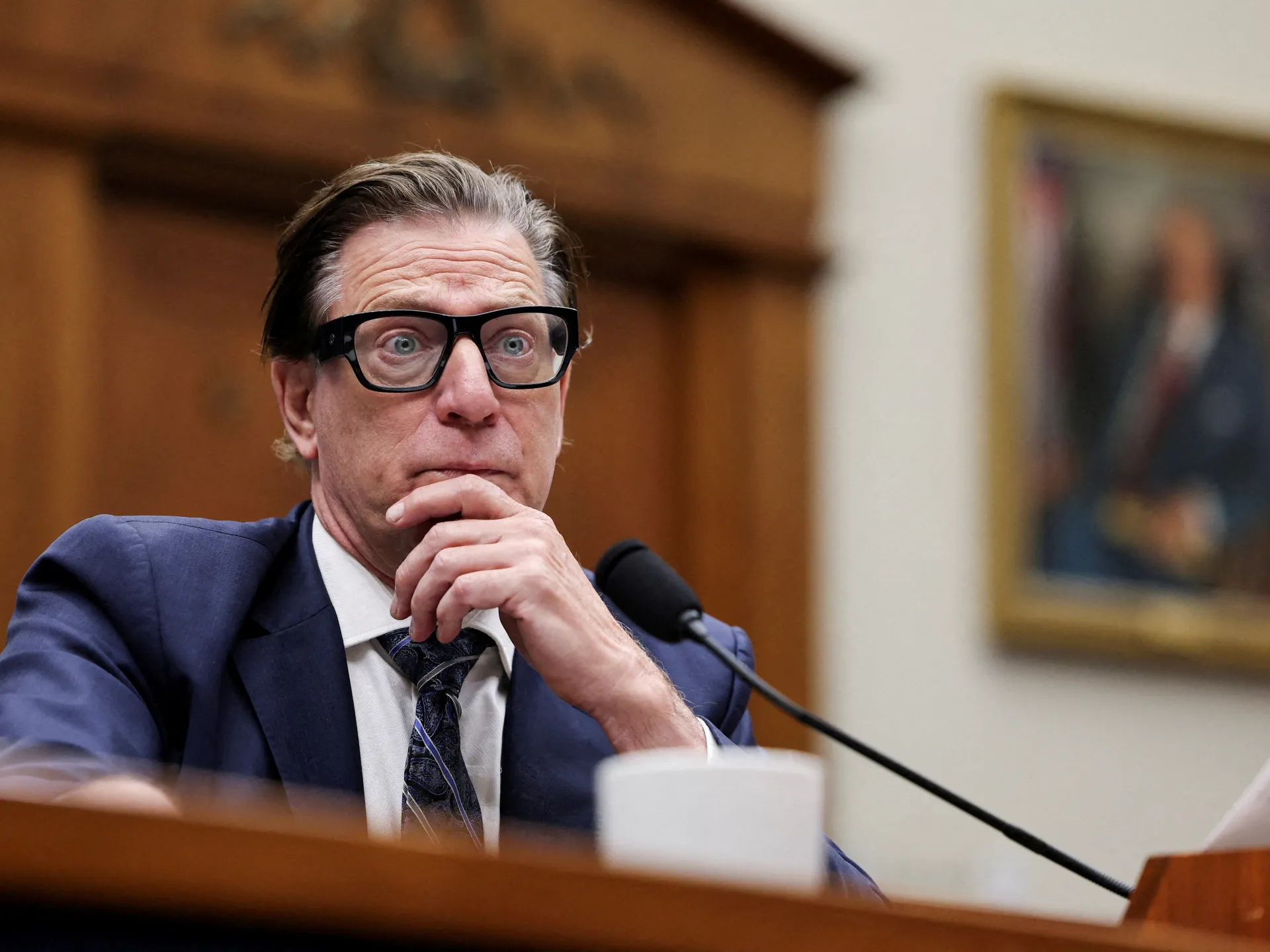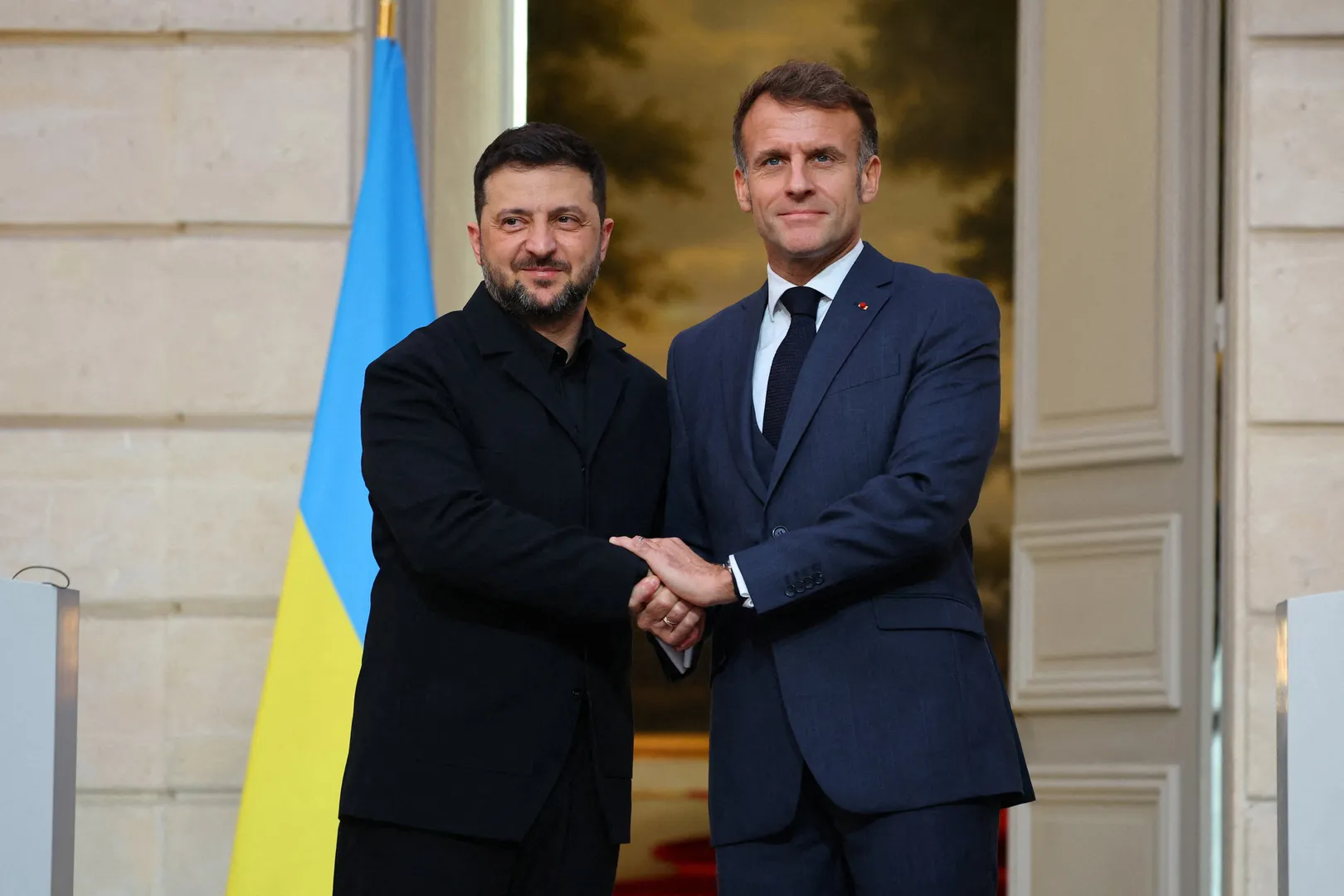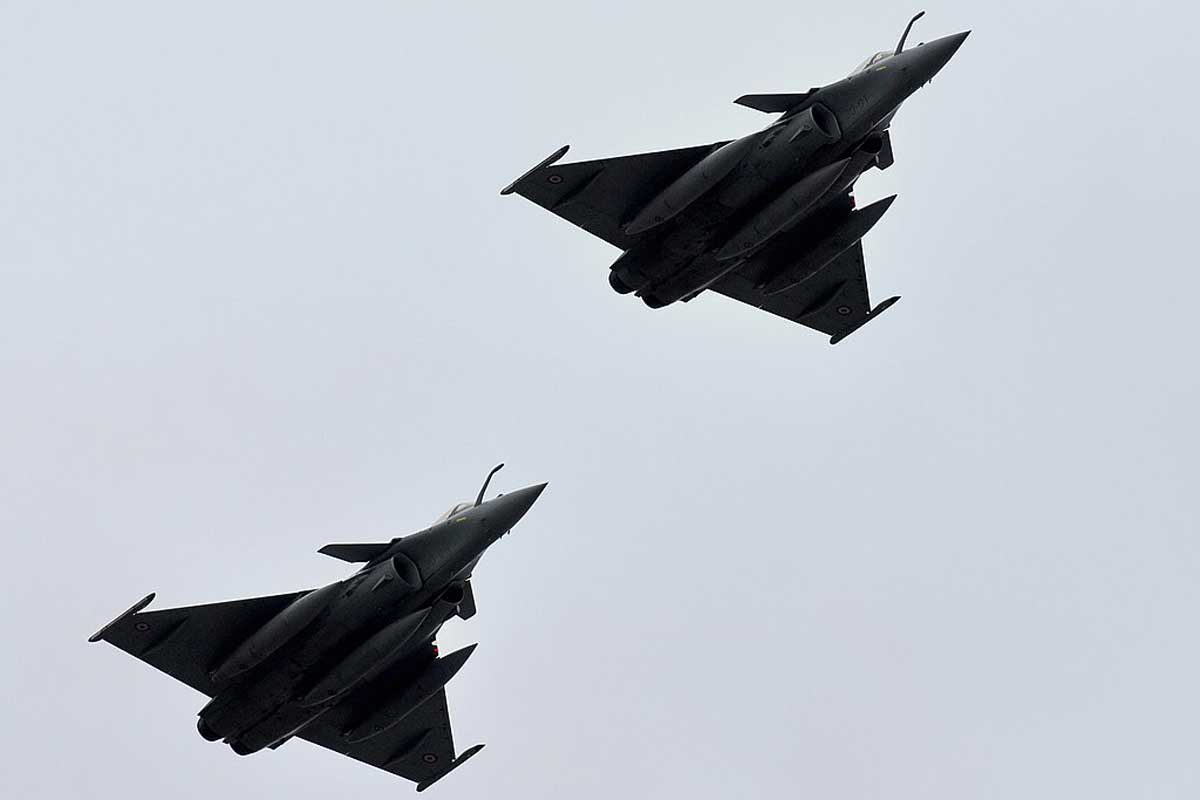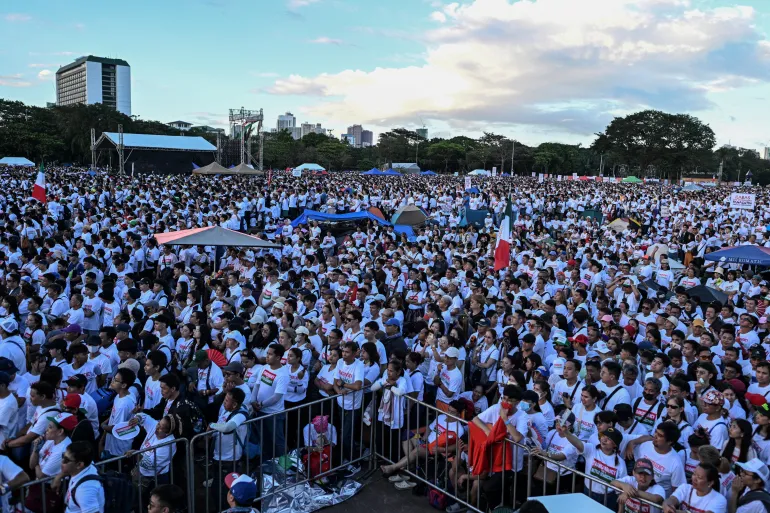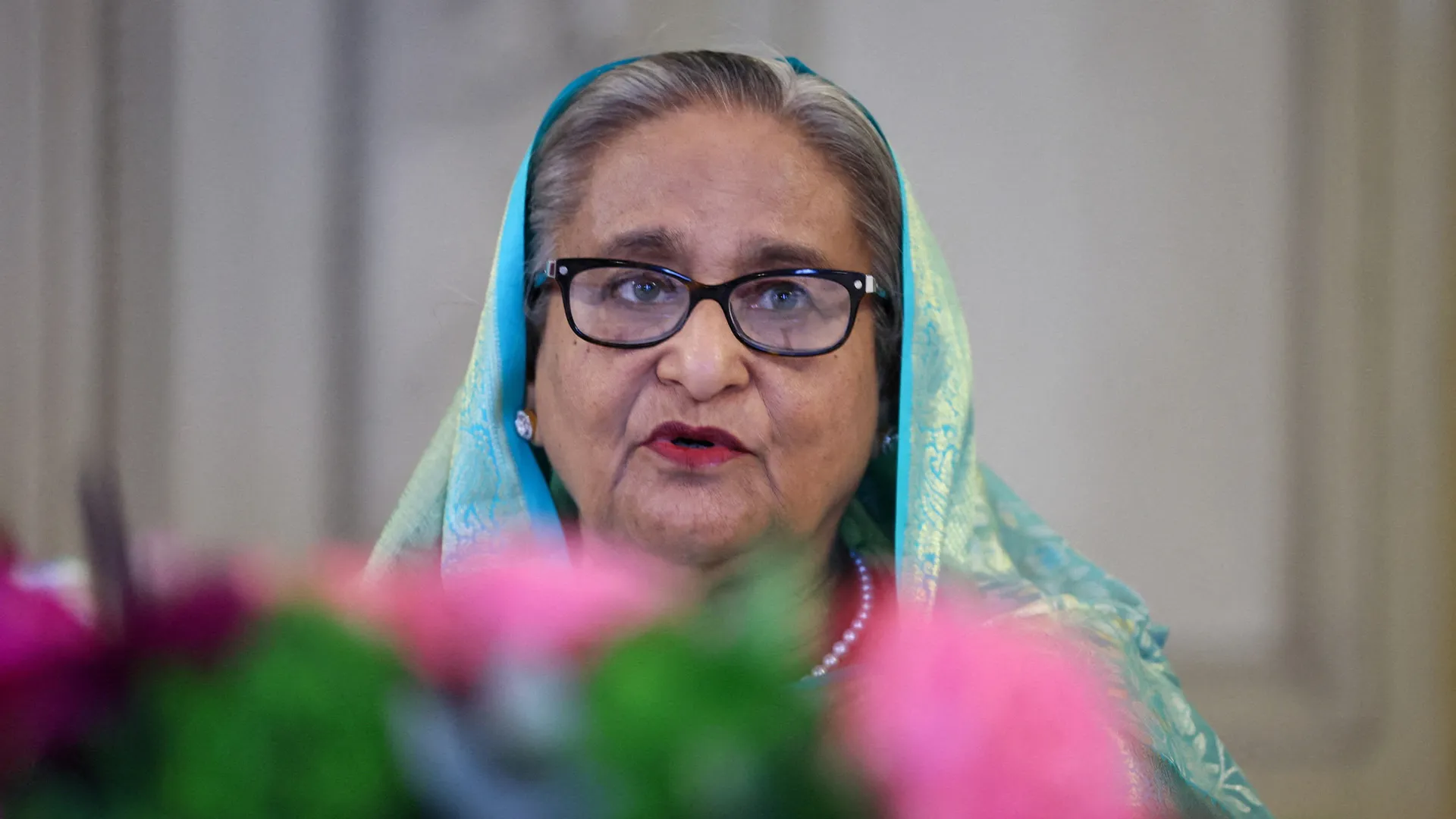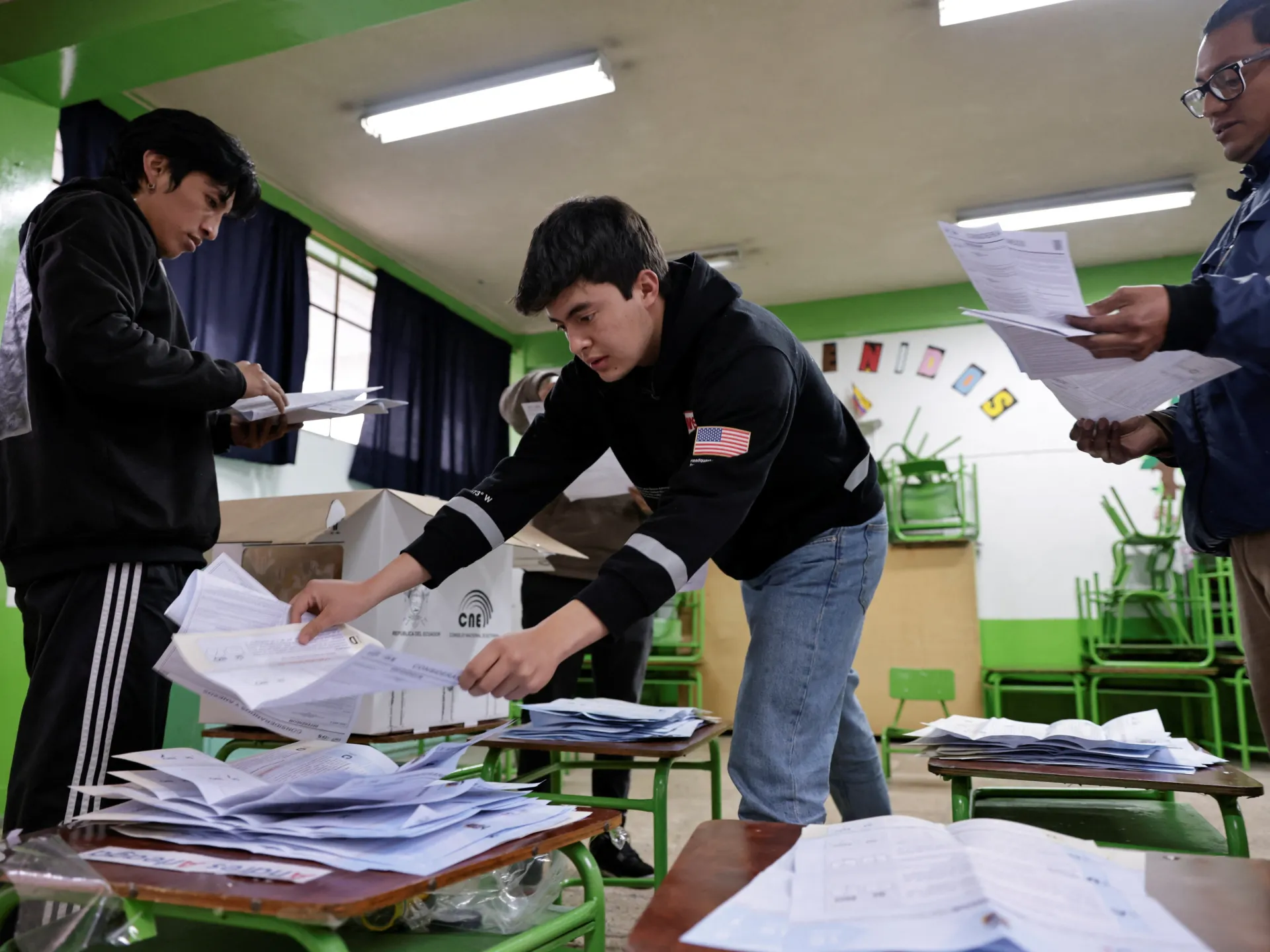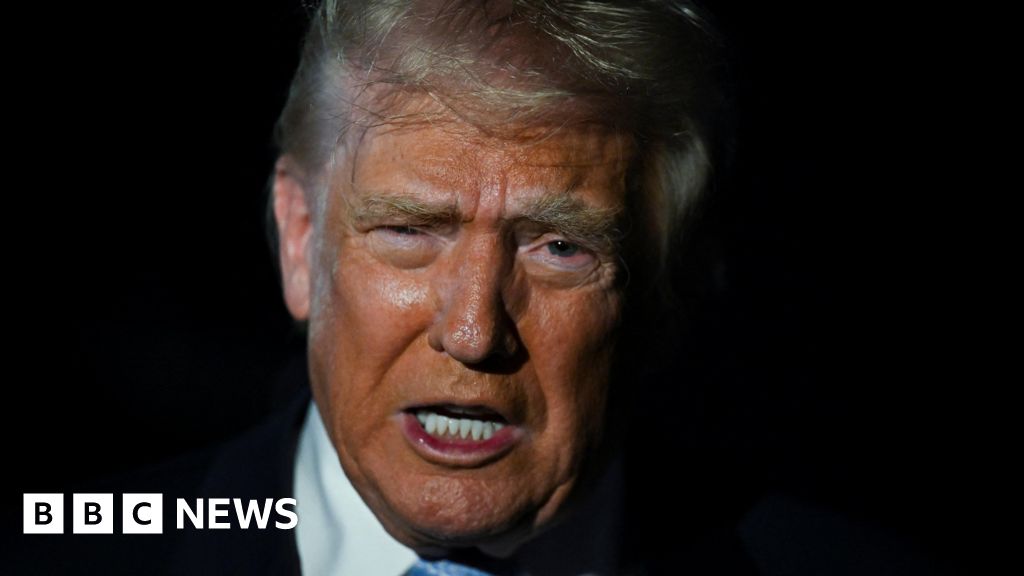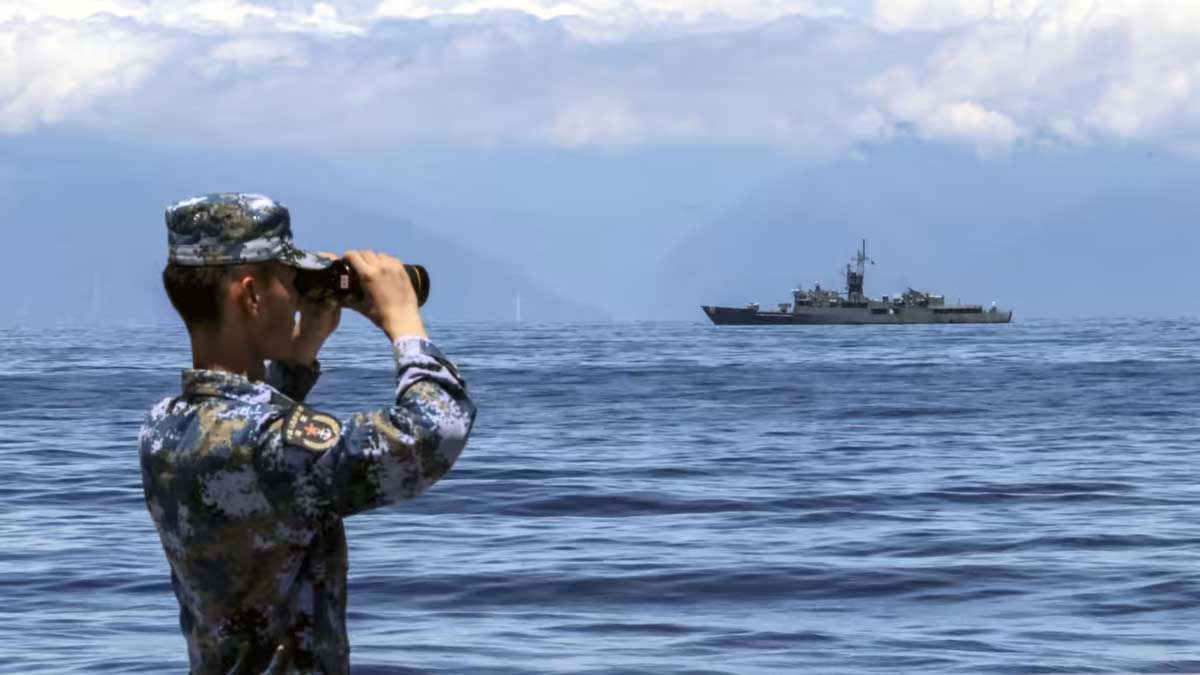Shabana Mahmood defends overhaul of ‘unfair’ asylum system
Kate WhannelPolitical reporter
Home Secretary Shabana Mahmood has defended sweeping changes to the UK’s asylum system, telling MPs the current situation is “out of control and unfair”.
Speaking in the House of Commons, Mahmood said: “If we fail to deal with this crisis, we will draw more people down a path that starts with anger and ends in hatred.”
Under the plans, refugee status will become temporary, guaranteed housing support for asylum seekers will end and new capped “safe and legal routes” into the UK will be created.
Some Labour MPs expressed concerns, with Nadia Whittome calling the plans “dystopian” and “shameful”, but the Conservatives gave the measures a cautious welcome.
Tory leader Kemi Badenoch said the proposals were “positive baby steps”. However, she warned that unless the UK left the European Convention on Human Rights, Mahmood’s efforts would be “doomed to fail”.
Badenoch urged the home secretary to work with the Conservatives, saying she may find their votes would “come in handy” if Labour backbenchers did not support the changes.
Over the past year, the government has been forced to backtrack on some of its policies – including cuts to welfare and the winter fuel payment – after objections from its own MPs.
Liberal Democrat home affairs spokesman Max Wilkinson welcomed the introduction of new safe and legal routes – but accused the home secretary of “stoking division by using immoderate language”.
Mahmood hit back angrily, telling the MP: “I wish I had the privilege of walking around this country and not seeing the division that the issue of migration and the asylum system is creating across this country.”
She said she regularly faced racist abuse – using the racial slur she said is used against her – as well as being told to “go back home”.
So far, around 20 Labour MPs have criticised the plans. Whittome, the MP for Nottingham East, accused the government of “ripping up the rights and protections of people who’ve endured imaginable trauma”.
Folkestone and Hythe MP, and immigration lawyer, Tony Vaughan said making refugee status temporary would create a “situation of perpetual limbo and alienation”.
Richard Burgon said the measures were “morally wrong” and would “push away Labour voters”.
“Why not recognise that now rather than in another few months and have to make a U-turn,” the MP for Leeds East said.
Other Labour MPs expressed support for Mahmood. Chris Murray told BBC Radio 5 Live the system had to be fair “otherwise it’ll collapse, and there’s nothing progressive about letting that happen”.
MP for Blackley and Middleton South, Graham Stringer, said the home secretary was “going down the right track”.
He said she would reach a “compromise” with Labour MPs but added: “It might all be for naught if we don’t get out of the European Convention on Human Rights.”
Speaking to the BBC later, Mahmood said changing the system was a “moral mission” for her.
“If we don’t win this argument… we will lose public support for having an asylum system at all and therefore we’ll lose something brilliant about this country.
“I’m not willing to put public support for having an asylum system at risk.”
She acknowledged that some Labour MPs had concerns but insisted “the vast majority of my colleagues agree with me”.
So far this year 111,800 people have claimed asylum in the UK – 39% arrived in a small boat, while 37% arrived by legal means before claiming asylum.
The government says its plans are aimed at reducing the number of people coming to the UK and increasing removals of people who do not have a legal right to be in the country.
The Home Office published the changes in a 30-page document and a few hours later Mahmood presented them to the House of Commons.
Under the proposals, people granted refugee status will only be allowed to stay in the country temporarily, with their status reviewed every 30 months – half the current time period.
People could be returned to their home country, when it is deemed safe to do so.
The amount of time refugees will have to be in the UK before being allowed to apply for permanent residence will be quadrupled from five years to 20.
Families with children who have been refused asylum will be offered incentives to leave but could be forcibly removed if they refuse to go voluntarily.
Asylum seekers with income or assets would have to contribute to the cost of their stay in the UK.
Mahmood told MPs this would “end the absurdity where an asylum seeker receiving £800 a month from his family and an Audi was receiving free housing at the taxpayer’s expense and the courts judged we could do nothing about it”.
Home Office sources have pushed back against suggestions asylum seekers could have items of sentimental value, such as wedding rings, confiscated to pay for their accommodation.
In order to make it easier to remove failed asylum seekers, the government intends to change the way the European Convention of Human Rights and Modern Slavery Act is applied.
Mahmood also threatened to stop granting visas to people from three African countries – Angola, the Democratic Republic of Congo and Namibia – unless those governments improved co-operation on deportations.
Setting out her plans for capped safe and legal routes, Mahmood said voluntary and community organisations would be given “greater involvement” in receiving and supporting new arrivals.
Reform UK leader Nigel Farage praised Mahmood’s “strong language” and suggested she was auditioning to join his party.
However, he said he had “serious doubts” her plans would survive objections from Labour backbenchers or the European Court of Human Rights.
Zack Polanski, the Green Party leader of England and Wales, told BBC Newsnight: “Every single Labour MP needs to look to their conscience.
“This is extreme, this is inhumane and this is a government of cowards.
“They went for pensioners, they went for the disabled and now they are going for people fleeing war and conflict.”
Enver Solomon of the Refugee Council charity said tightening the system would not deter people “fleeing for their lives”.
He said people were not coming to the UK because of the asylum rules but because they spoke English or had familial ties or community connections in the country.
“We have those communities because of our historical links and our past history as a big colonial nation,” he added.


